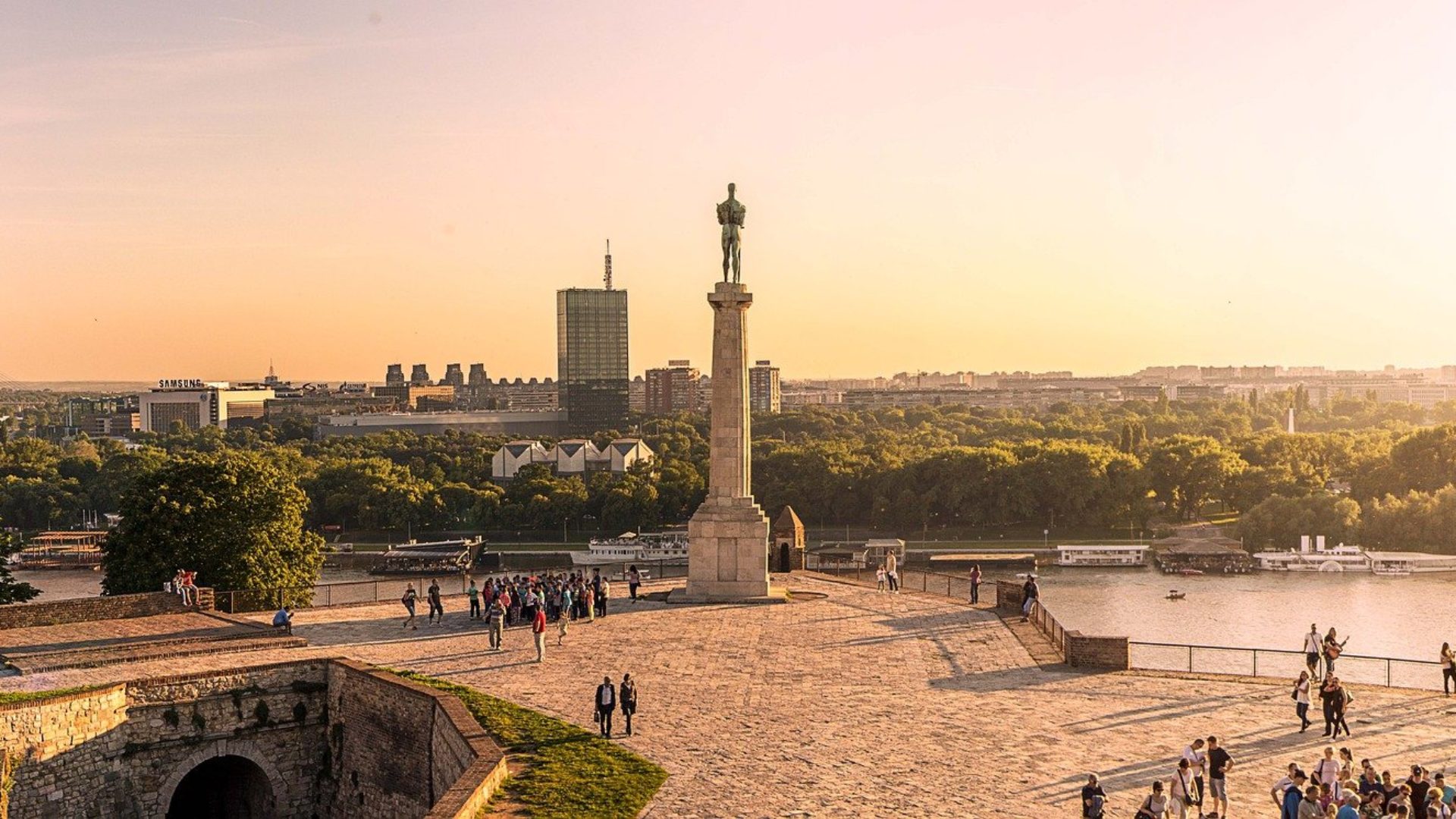Belgrade Fortress, known as Kalemegdan, is located right at the heart of Serbia’s capital, Belgrade. Kalemegdan is one of the city’s well-known symbols. Kalemegdan sits on a hill right above the confluence of the rivers Danube and Sava, with gorgeous views and many things you can do while visiting.
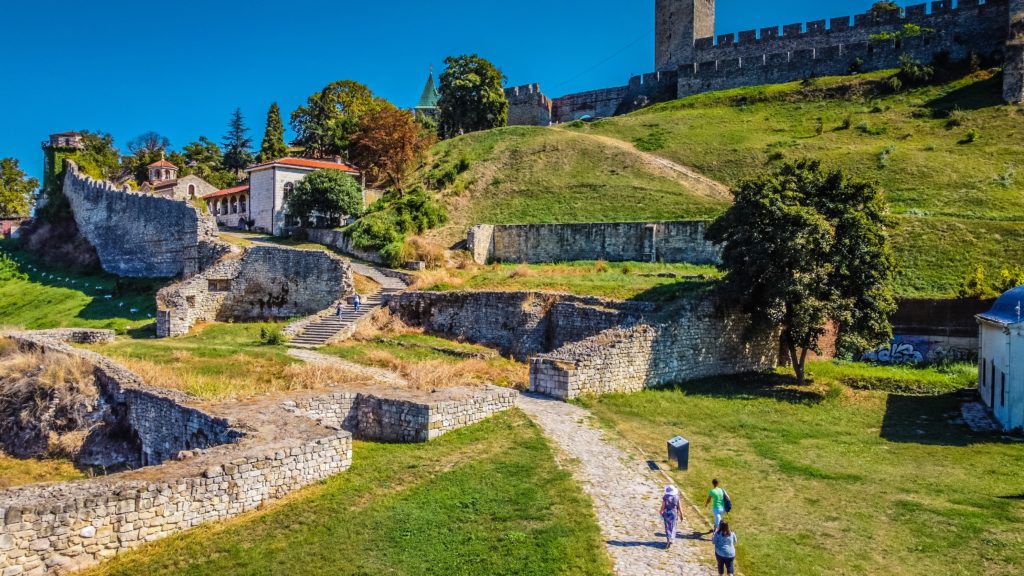
You’ll easily find the fortress at the end of Knez Mihailova Street. The fortress was first built in 279 BC. During its long and rich history, many armies destroyed and burned Kalemegdan to the ground, but the citizens of the city rebuilt it over and over again.
The Belgrade Fortress has two main sections, the Upper and Lower Town, with many monuments, sights, and things to see. In this article, we’ll cover the places you simply must check out while visiting Kalemegdan!
Visit the Symbol of Belgrade, the Victor Monument – Pobednik
The Victor Monument is one of the key symbols of Belgrade. It’s located on the walls of the Kalemegdan Fortress and it overlooks the confluence of the rivers Sava and Danube.
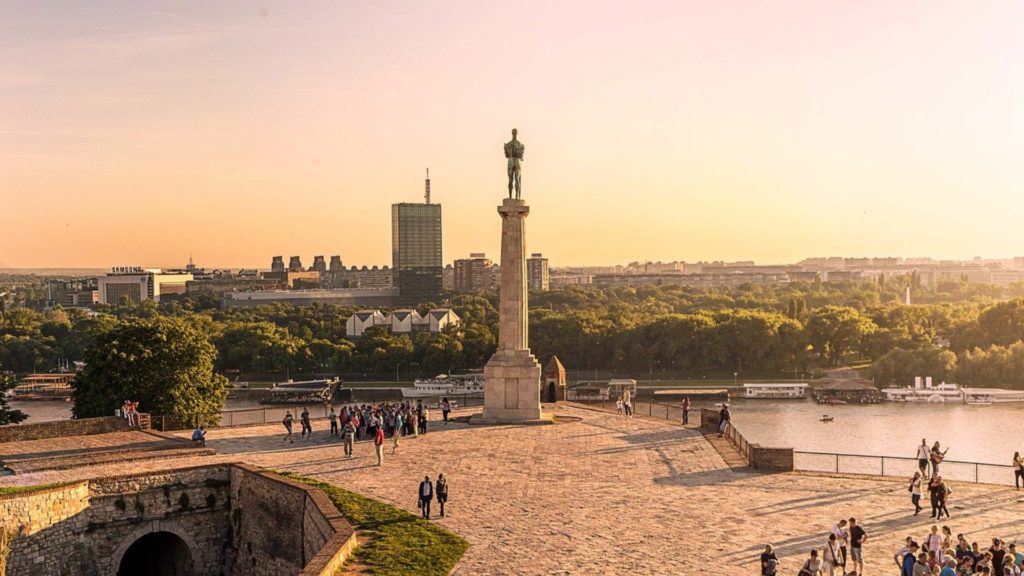
The monument honors the victory of the Serbian army in the Balkan Wars, which took place in 1912 and 1913. The initial idea was to place the Victor in the fountain, but the fountain was separated and placed in front of Hotel Moskva on Terazije. The Victor Monument is a naked male figure, and many people had an issue with having such a sight right in the city center. That’s why the statue was placed on a 14-meter pedestal and placed on the highest spot of the Fortress.
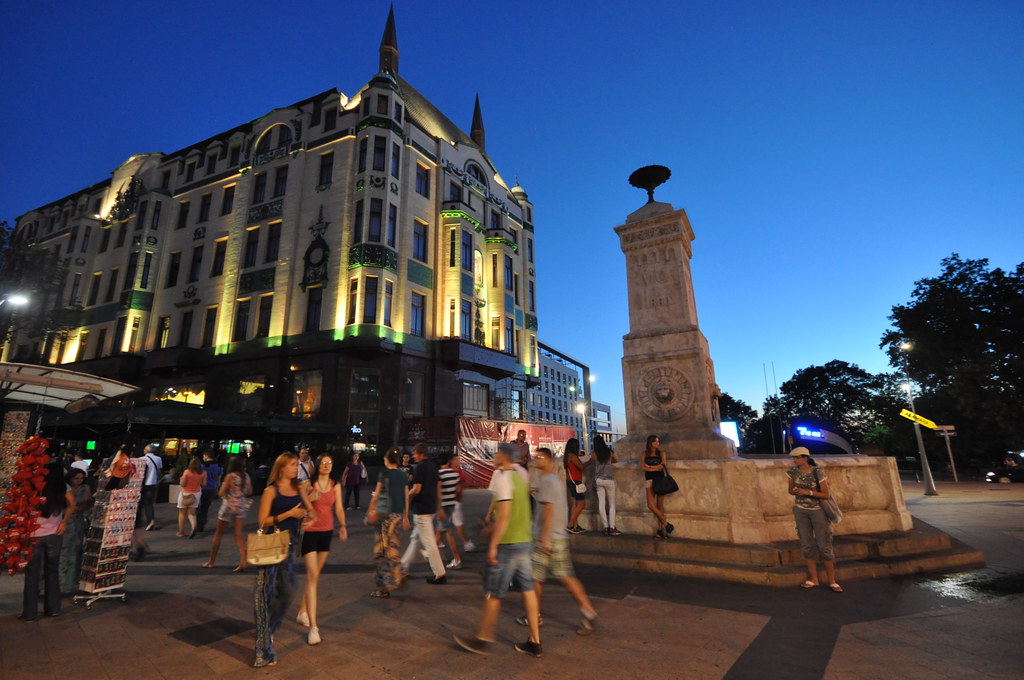
A famous Croatian sculptor Ivan Meštrović created the Victor Monument, among many of his amazing works. Some of Ivan’s most famous work includes Monument to the Unknown Hero on the Avala mountain right outside of Belgrade, Mausoleum of Njegoš on the mountain Lovćen in Montenegro, and Gregory of Nin in Split.
The Victor Monument presents a naked male figure. The figure holds a symbol of war in his right hand, a sword, and a symbol of peace in his left hand, a falcon.
Watch the Sunset from the Kalemegdan Walls
Right next to the spot where Pobednik is located, you’ll find a huge Fortress wall. This is a very popular spot where locals like to hang out in the summer. As soon as the warm summer days start to come to their end, many Belgradians flock to the walls to hang out and watch the sunset.
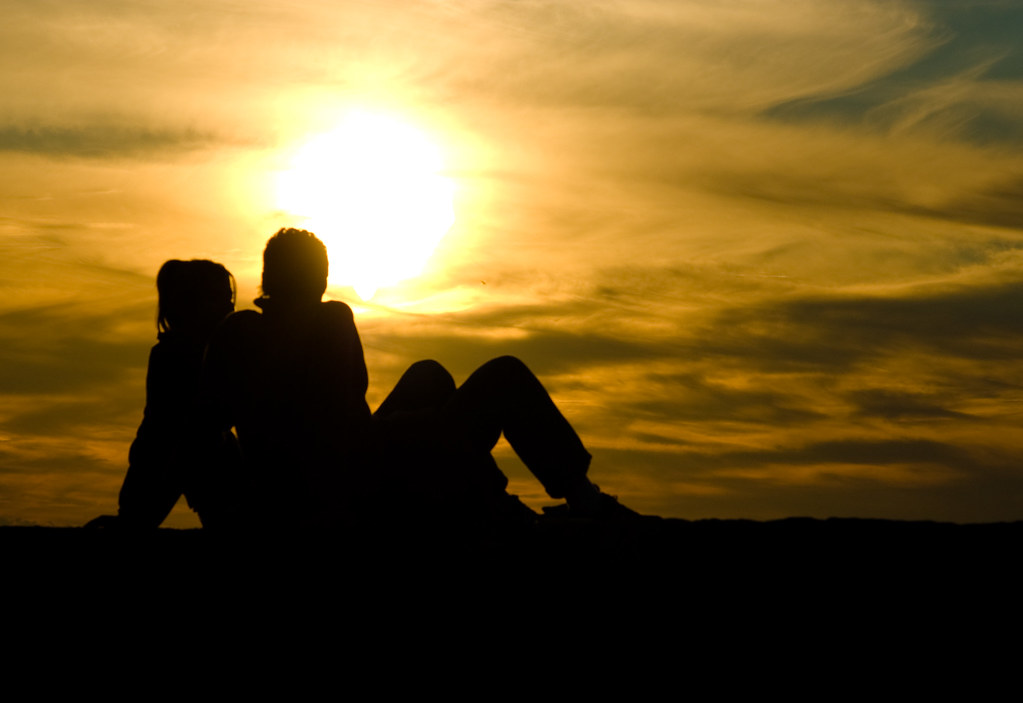
This spot is a very lively place as it attracts many teenagers, and young adults coming here with their friends, or on romantic dates. For the full Belgrade experience, grab a few cans of beer and buy ćevapi to-go somewhere in the city center (I recommend getting Ćevap kod Dekija), and enjoy the sunset on the Fortress.
Explore the Ružica Church
Ružica Church is dedicated to the feast of the birth of the Mother of God. The church was built in the 19th century, and it was supposed to serve as a military temple. In the 18th and 19th centuries, the building that was located there was an Austrian gunpowder warehouse.
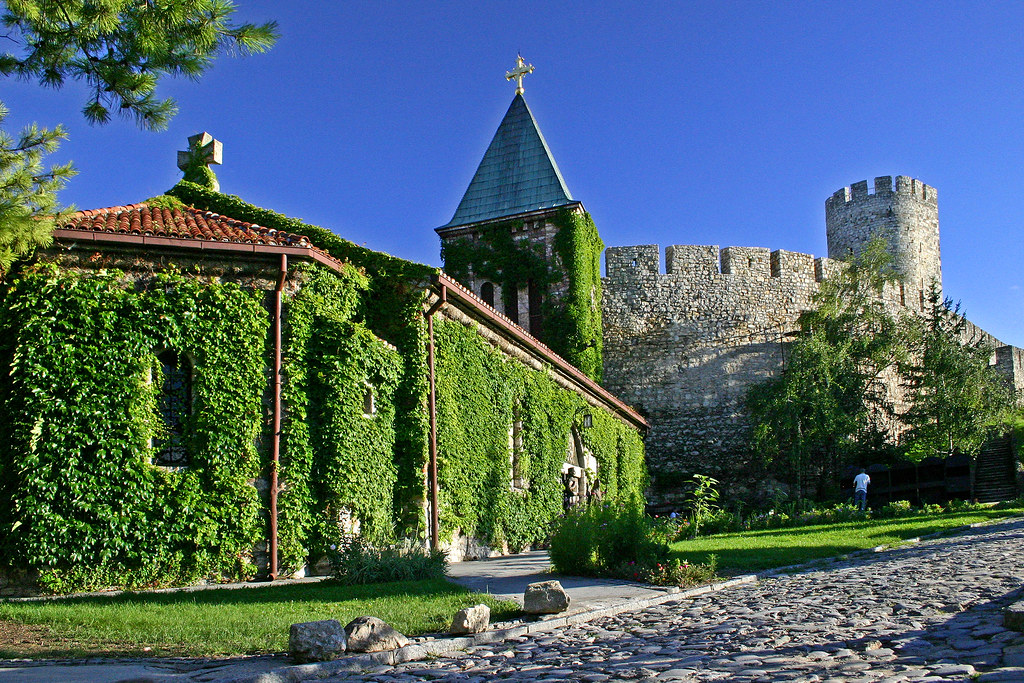
The renovations of the building started in the 19th century, and the altar apse and the bell tower were created. The church got its name from the very old pagan holiday of Rosalie. This holiday used to be celebrated with a festival in which the participants were sprinkled with rose petals.
In 1938, the Russian painter Andrei Vasilyevich Bitsenko painted the frescoes inside the church. Here you’ll find some biblical scenes, religious motives, but also some personalities such as Serbian Kings Petar and Aleksandar Karađorđević, as well as Russian Tsar Nicholas II.
The church has many war motives inside, and its two chandeliers were made out of bullets, swords, and cannon parts. Having in mind the history of the building, that makes sense.
Learn about History at the Military Museum
Are you a history buff? Do you want to learn all about Yugoslavia? In that case, the Military Museum is a must-visit spot in your history journey. The museum presents Serbia and Yugoslavia’s military history.
The collection of the Museum includes many different weapons, uniforms, archival documents, works of art, photos, flags, and more. A part of the exhibition is located outside, presenting several cannons.
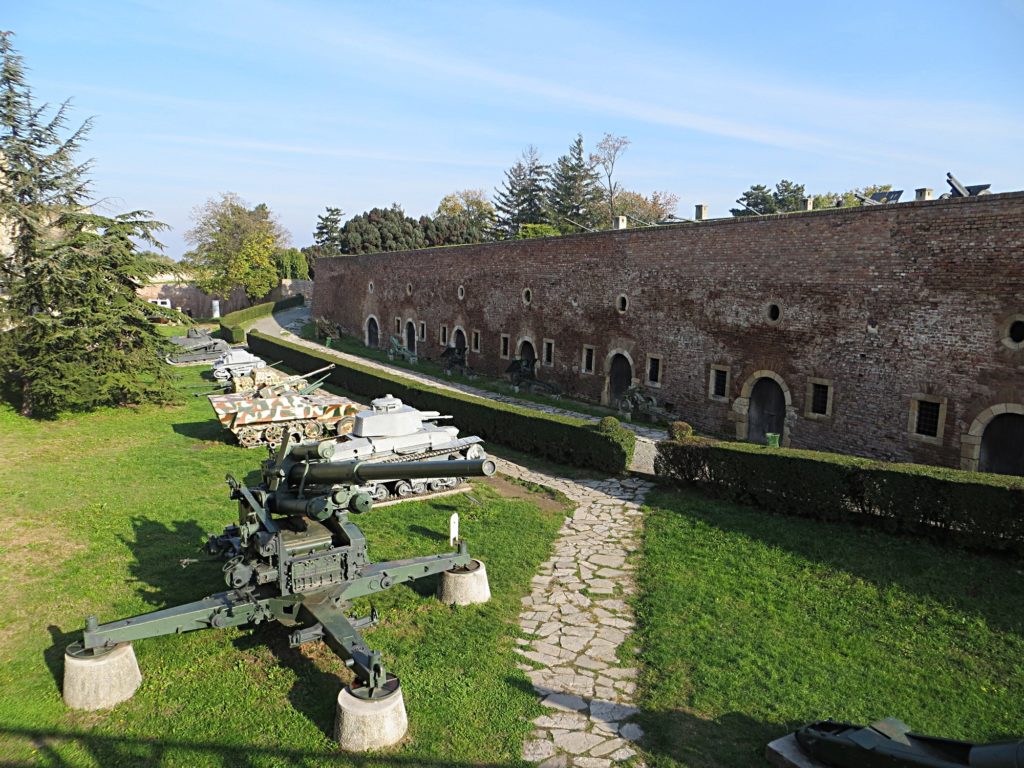
The exhibition also includes some evidence of the more recent events such as the 1999 bombing by NATO, including bombs, missiles, and parts of the American stealth fighter.
The museum is open on weekdays from 7:30 am to 3:30 pm, and the entrance ticket costs around $3 per person.
Let Your Hair Down at the Boho Bar
Boho Bar is Kalemegdan’s best-kept secret! It’s a nice place to hang out with your friends and admire the beauty of the river and the fortress. It’s a very cozy bar, decorated in bohemian style, with many bean bags, cushions, and creative tables.
During the day, you can come here for some coffee or tea with your friends, and at the night, the bar turns into an open-air club, with performances from local DJs, playing deep house and chill music. These performances usually take place during summer from Thursday to Sunday. Keep in mind that during the night, the bar only serves alcohol.
Besides these shows, the bar sometimes organizes other types of events such as yoga workshops, happy hours, and open-air film nights.
Travel Back in Time through Kalemegdan’s Underground
Belgrade has a rich life and history above the ground and an even richer one below the ground. If you want to learn all of the city’s secrets, there’s one more layer to discover – the underground. Belgrade has so many attractions below the ground that it could be an entire city on its own.
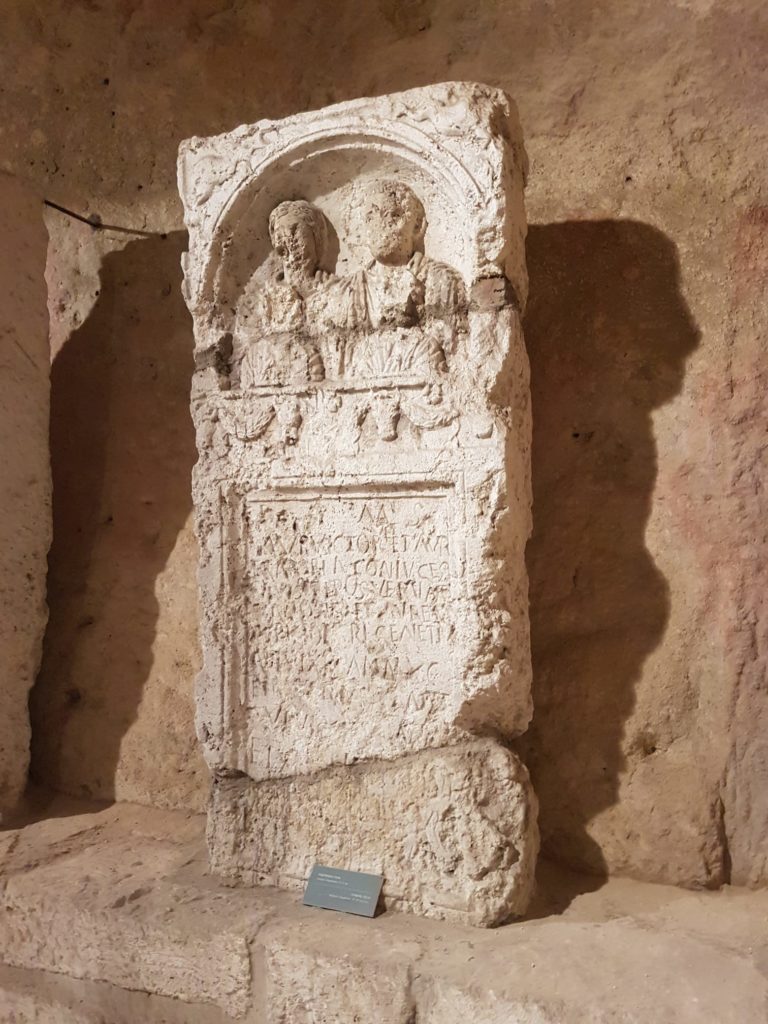
The Kalemegdan Fortress is the exact place where Belgrade was born and destroyed many times throughout its history. The remains of these other times remain in the fortress’s underground, waiting for you to visit them and hear its tales.
The underground consists of many tunnels, bunkers, lagoons, caves, and enclosed rivers. The best way to explore some of these sights is to join one of the several underground tours.
A typical tour consists of a visit to the Roman Well, world war II bunkers, and the Austrian gunpowder warehouse that now stores artifacts from the Roman era (sarcophagi, tombstones, and sacrificial altars). The tour ends in a lagoom that was turned into a wine cellar.
Meet the City’s Heroes at the Belgrade Zoo
Belgrade Zoo Garden, also known as The Garden of Good Hope, is a park located in the Kalemegdan Fortress. The main attractions of the zoo are white lions, white tigers, and the oldest American alligator in the world (alligator Muja).
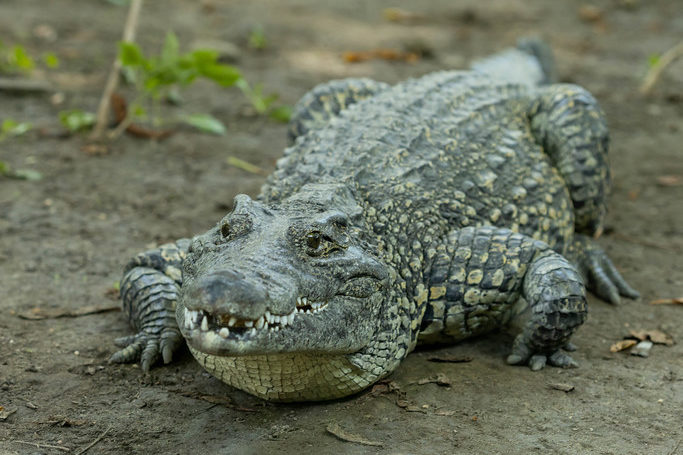
Zoo’s Heroes
Besides these animals, the Zoo has many of its heroes, with amazing stories. One of them is the chimpanzee Sami, who was one of the favorites of many Belgradians. When Sami arrived in Belgrade, he was afraid of his new environment and was very aggressive.
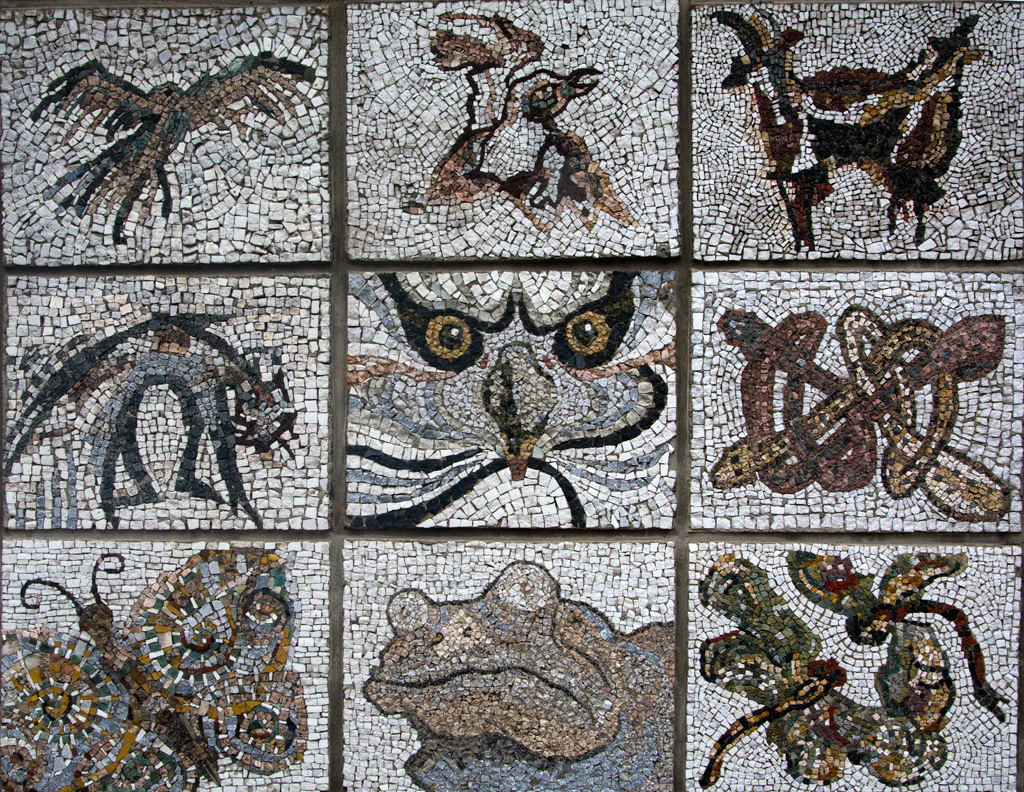
Sami escaped the Zoo twice and walked Belgrade’s city streets, causing one of the largest “meetings” in Belgrade, when 10.000 locals flocked to the streets to watch him. Sami was running around the city while being followed by police. He was eventually caught by the director of the Zoo, Vuk Bojović, who tried a different tactic. He decided to talk to Sami and told him “Come on, let’s go home”, and then drove him in his car like a human being right back to the zoo. Unfortunately, Sami passed away in 1992, but you’ll find a statue dedicated to him in the Zoo.
Besides Sami, some other famous heroes are the German Shepherd Gabi and the wise alligator, Muja. Gabi was adopted by the zoo and became an informal security guard. One night, Gabi was patrolling the zoo with Stanimir Stanić, the official guard.
That night, a jaguar escaped the cage, and Gabi jumped on it to protect Stanimir. This allowed Stanimir time to run and call the police. When the police arrived, they tried to capture it but didn’t succeed, and they had to shoot it to protect the residents of Belgrade. Gabi survived the attack and continued working as a guard dog.
In the Zoo, you’ll find a monument to Gabi with the saying “Dog Gabi, her heart was stronger than a jaguar.”
Learn about Nebojša Tower’s Dark Medieval History
Nebojša Tower is truly a unique relict of the past, it’s the only surviving medieval tower in the Belgrade Fortress.
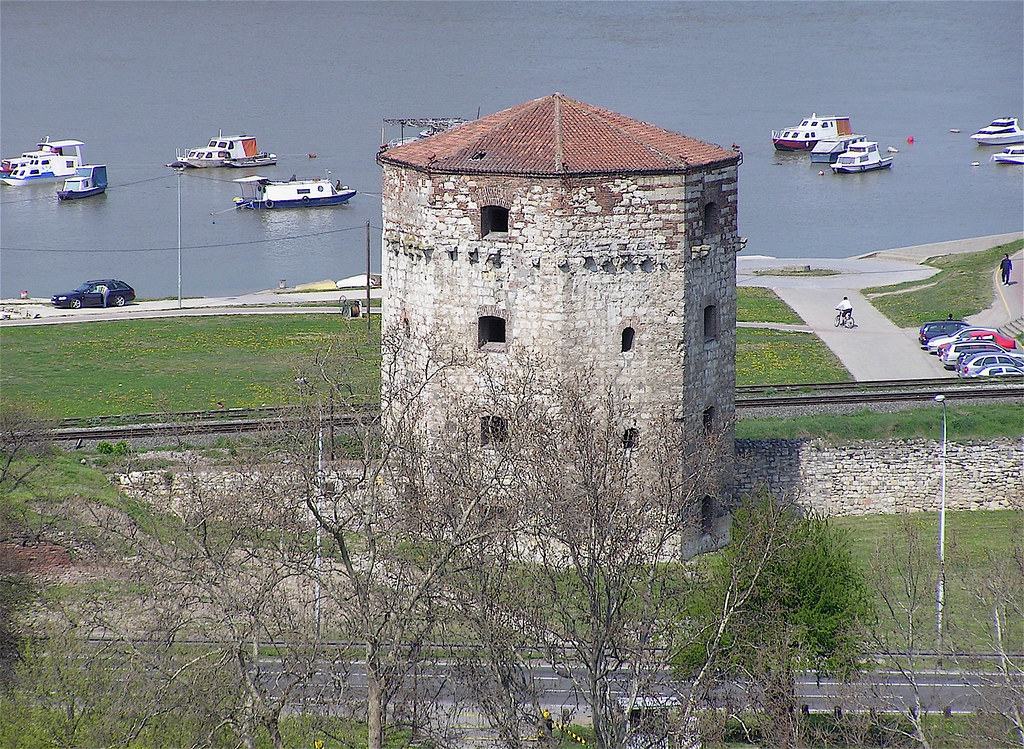
The tower’s purpose was to protect Belgrade from the attack of the Ottoman Empire on the rivers. Nebojša Tower is located right next to the water and represents one of the first entrances to the fortress from the water. Because of this location, different attackers tore down the tower several times.
Once the Ottoman Empire entered Belgrade, they repurposed the tower to be a dungeon where they would capture, torture, and murder opponents. The most famous prisoner of the tower was the Greek revolutionary, Rigas Feraios, the First Serbian Uprising, and Balkan freedom fighter.
Today, there’s a museum inside the tower with exhibits from the Ottoman era. During summer, the tower is open for visits from 10 am to 8 pm, and during the winter it closes 2 hours earlier, at 6 pm. The entrance ticket is around $3 per person.
Explore the Sahat Tower
Sahat Tower, located on top of the Sahat Gate, is the main entrance into the Upper Town of the Kalemegdan Fortress. It’s a tower that’s very easy to recognize by its height, slimness, and the clock on top of it.
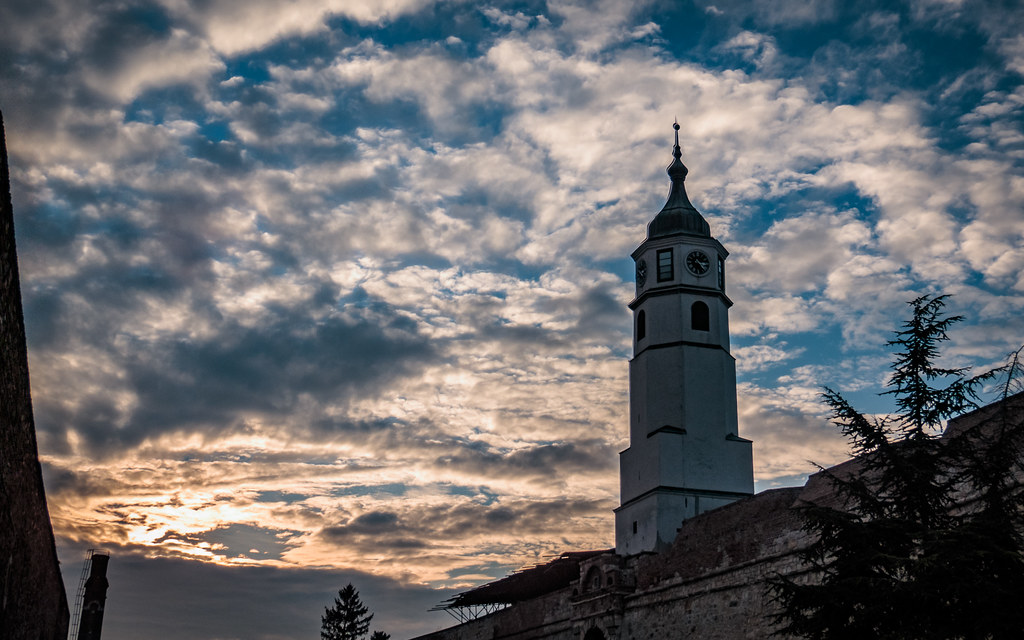
Inside the Sahat Gate, there are casemates, whose purpose was the accommodation of guards and military material. Right after you pass the Sahat Gate, there’s another one – the Stambol Gate. Between the two of them, there used to be a deep trench and a wooden bridge. In case of an attack, a guard has the option to light the bridge on fire, which would destroy the bridge, and cause the attacker to fall into trenches.
Today, the tower is the home of the Gallery of the Belgrade Fortress. It’s open every day from 11 am to 7 pm, and the ticket costs a bit more than 50 cents.
Things to do in the Kalemegdan Fortress: Many Options to Choose From
As you can see, there are many fun things you can do at the Belgrade Fortress, so we recommend spending an entire day here, and digging deep into the city’s history. No matter which one of these you choose to visit, we’re sure you’ll have a great time.
Before you leave, don’t forget to check out our guide for visiting Zemun!
